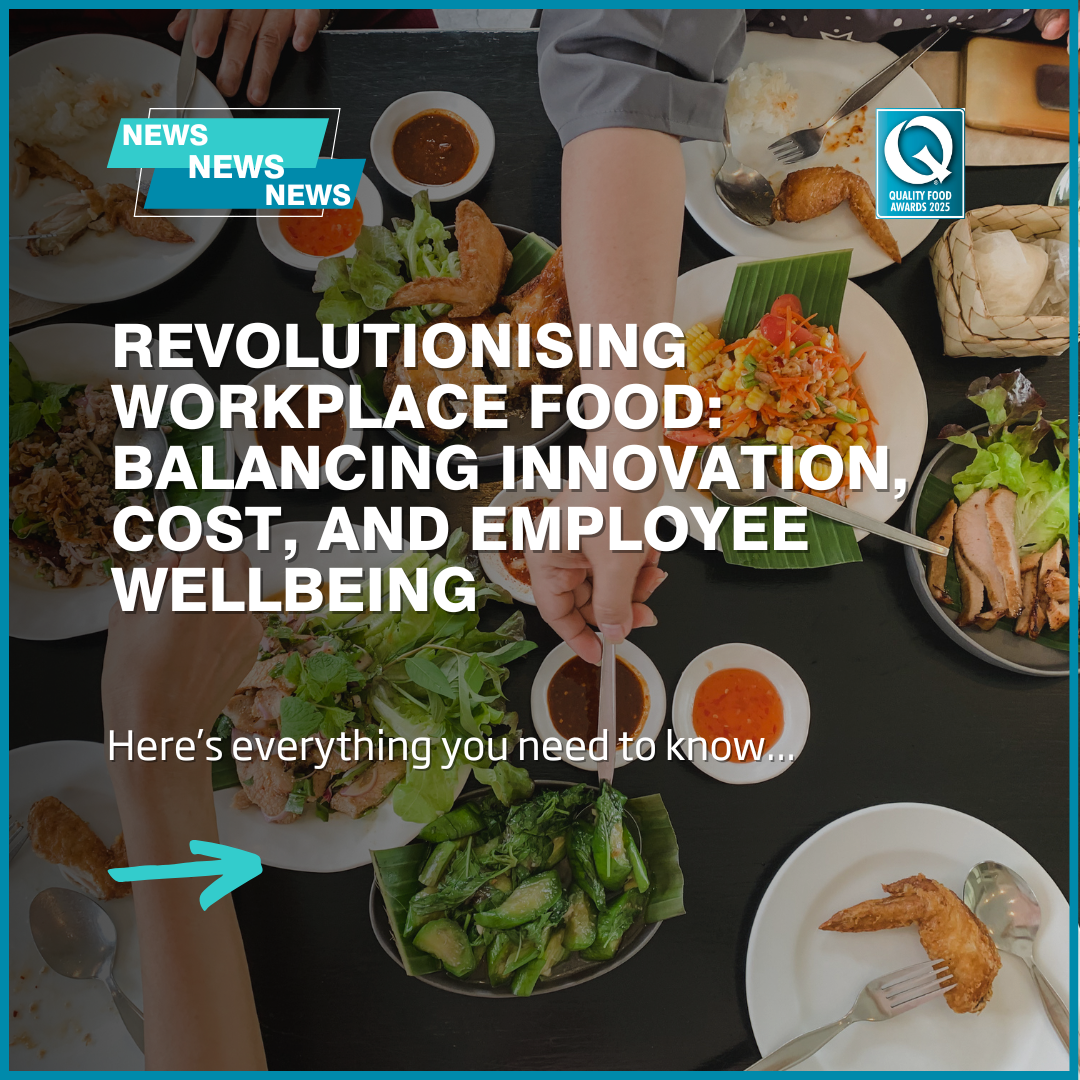
Revolutionising workplace food: balancing innovation, cost, and employee wellbeing
As organisations recognise food as a strategic asset, innovative dining programs are evolving to meet rising expectations, optimise costs, and enhance organisational culture, driven by sustainability, technology, and a focus on employee health.
Food in the workplace has evolved far beyond simply being a matter of convenience. It has become a strategic investment in employee well-being, company culture, and overall business performance. Organisations that prioritise thoughtfully designed dining programs often reap benefits including increased engagement, higher productivity, and improved employee retention. According to industry observations, companies see financial advantages as employees spend less time offsite for meals, thereby enhancing work efficiency, while the dining experience itself becomes a valued part of the employee journey.
However, managing workplace dining programs comes with a significant challenge: balancing cost and quality. With rising food prices, fluctuating supply chains, and escalating labour expenses, businesses must exercise strategic planning and leverage strong vendor partnerships to maintain quality without overspending. The risk of offering subpar food is notable; poor-quality meals can erode morale, reduce participation in meal programs, and possibly diminish overall job satisfaction. Conversely, fresh, nutritious, and flavourful options signal an employer’s genuine care and help sustain steady energy levels among staff, reducing mid-day fatigue and fostering focused productivity.
To effectively navigate costs, companies often adopt a combination of tactics such as partnering with trusted food service providers, utilising seasonal produce to reduce expenses and ensure freshness, controlling portion sizes to minimise waste, and offering flexible meal formats including grab-and-go and rotating menus. These strategies enable organisations to deliver varied, high-quality meals while maintaining financial sustainability.
The complexity of managing workplace food programs in-house, encompassing expertise in nutrition, sourcing, and compliance with food safety regulations, has prompted many businesses to collaborate with professional corporate dining services. These providers offer tailored solutions that ensure employee satisfaction is balanced with prudent budget management. According to industry insights, professional dining partners contribute infrastructure and knowledge that help create efficient, cost-effective programs without compromising quality.
Meeting contemporary employee expectations is critical. Today’s workforce demands meals that are healthy, diverse, convenient, and aligned with modern food trends. Ignoring these demands risks lower participation rates and diminished returns on investment. Employers who regularly gather employee feedback, maintain menu flexibility, and accommodate dietary restrictions foster a sense of inclusion and appreciation. This approach bolsters participation, strengthens employee loyalty, and enhances the overall dining experience.
The value of workplace nutrition programs extends beyond immediate convenience and cost considerations. Research underscores that balanced diets rich in essential nutrients positively influence mood, lower stress, and improve cognitive function, which collectively enhance productivity. Moreover, nutritious eating reduces absenteeism by decreasing the risk of chronic illnesses. These programs contribute to cultivating a positive workplace culture, boosting engagement, and reinforcing employer branding. Shared meals, as studies have shown, also encourage team collaboration and communication, fostering a supportive, cohesive work environment.
Looking ahead, workplace food services are expected to continue evolving with an emphasis on sustainability, technological integration such as mobile ordering, and personalised menu options catering to individual preferences. The challenge of balancing cost with quality will persist, but with thoughtful program design and professional support, businesses can implement dining solutions that not only fuel their workforce but also affirm their commitment to employee well-being and organisational success.
In essence, food in the workplace transcends basic sustenance; it is a tangible demonstration of how much companies value their people. By achieving the delicate equilibrium between cost and quality, organisations can cultivate dining programs that are financially viable, employee-centric, and strategically impactful, ultimately feeding both their workforce and their future.
